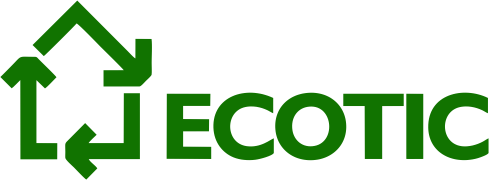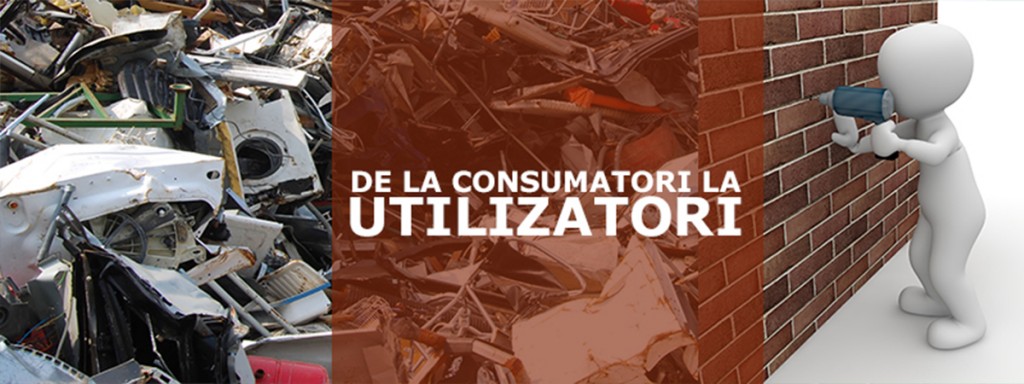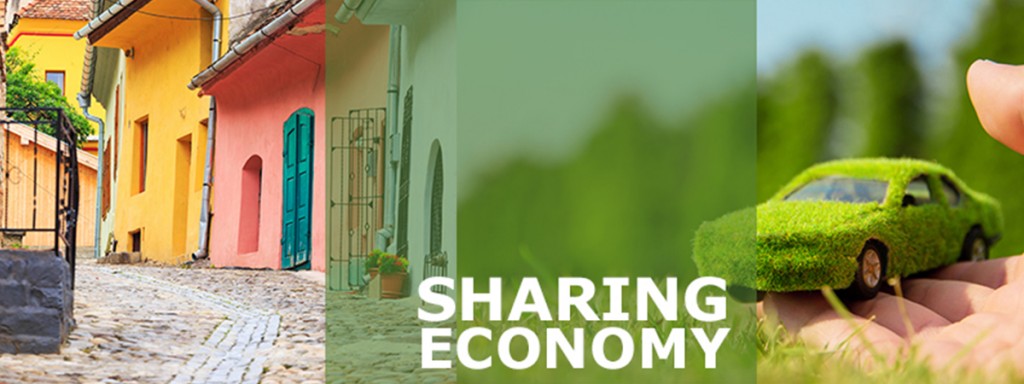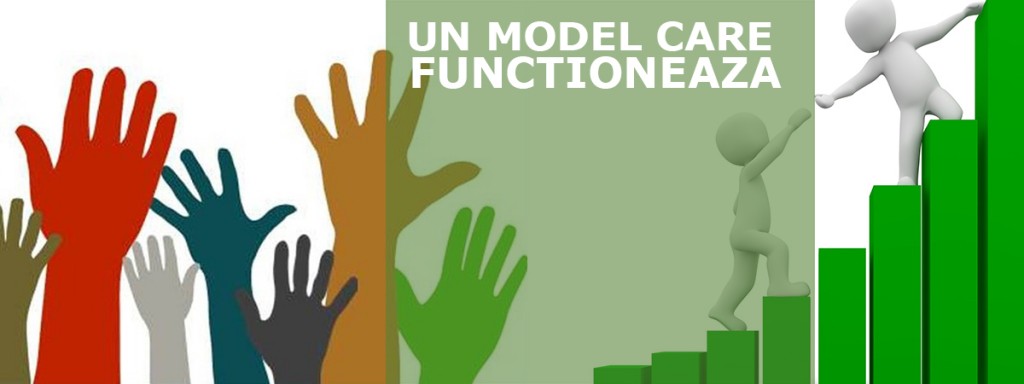The foray into business models that have integrated the principles of the circular economy is fascinating. There are large and small examples, ample or punctual; I discovered huge companies and workshops with a few people. Just as we have discovered that, along with conscious efforts to put circular mechanisms into practice, there are also business models that have simply evolved from a new type of mentality, from “capturing” a new way of relating to world, to goods, to the idea of acquisition and property.
Sounds like a change, doesn't it?
KINGFISHER: from selling drills to selling "holes in the wall"
Let's start with a lesser known name, but one that caught our attention by the way it defined this change of perspective. Kingfisher is a British DIY retailer, a huge company, less known in Romania. He owns another company called B&Q, which sells, among other things, drills. And the question they asked themselves at one point was this: "How to drill holes in the walls in a sustainable way?"
What B&Q discovered was that the production and retail sale of household drills is not sustainable. Why? Because large amounts of resources and energy go into the production of cars that a person uses, on average, 6 minutes a year! A big waste, for sure! And so the CHANGE OF PERSPECTIVE was born: but if instead of drills, we sell holes in the wall?
Here's how the idea of renting household drills came about. If a person uses a drill, on average, 6 minutes a year, do you realize how many people can use the same drill? And how economically efficient can such a car become?
And so we come to a basic principle of the circular economy: TRANSFORMING PRODUCTS INTO SERVICES.
That is, going back to the Kingfisher example, the transformation of drills in appliances into wall drilling services. The consequence is the transformation of people from consumers into users. And once this change of mindset and perspective was made, it was surprising how quickly a new market was created, something called a "sharing economy."
SHARING ECONOMY: Airbnb and Uber
A billion dollar market was born from this idea: what do I own and don't use all the time? What can I share with others in a profitable way? Among the first on the list were homes and cars. And the most inspired aggregators that made the best use of the technology and digitalization of our times were Airbnb and Uber.
Let's say you have a home in a city or in a tourist area. This summer you leave the country to study or take an extended vacation and your house is empty. With Airbnb, you can rent your home on a short-term basis to those who need what you already have, at costs that are probably more advantageous than at a hotel. And everyone wins: you win from a good you already have, and the visitor wins by paying a lower price than going to the hotel.
In the case of Uber, it's about cars. Do you have a car? Share it and turn it from a static property, which no longer produces anything, into a service for others! Profit for everyone involved, reduced need for new cars, less resources consumed - and these are just a few benefits, identified at first glance!
Sharing economy it is a business model of today that still has a lot to evolve and innovate.
The growth estimates are impressive and are based on the change of mentality we mentioned earlier. There are analysts who consider this business model to be deeply beneficial, not only for reasons of sustainability and resource savings. They say this model teaches people to share and trust their peers. When you let a stranger enter your house in your absence or when you get in a stranger's car, you need trust. And these systems re-accustom us to the idea that man is capable of openness, honesty and hospitality.
Encouraging, isn't it? Next time, when we talk about Disney and Philips, but also about a Romanian initiative. Welcome change!



